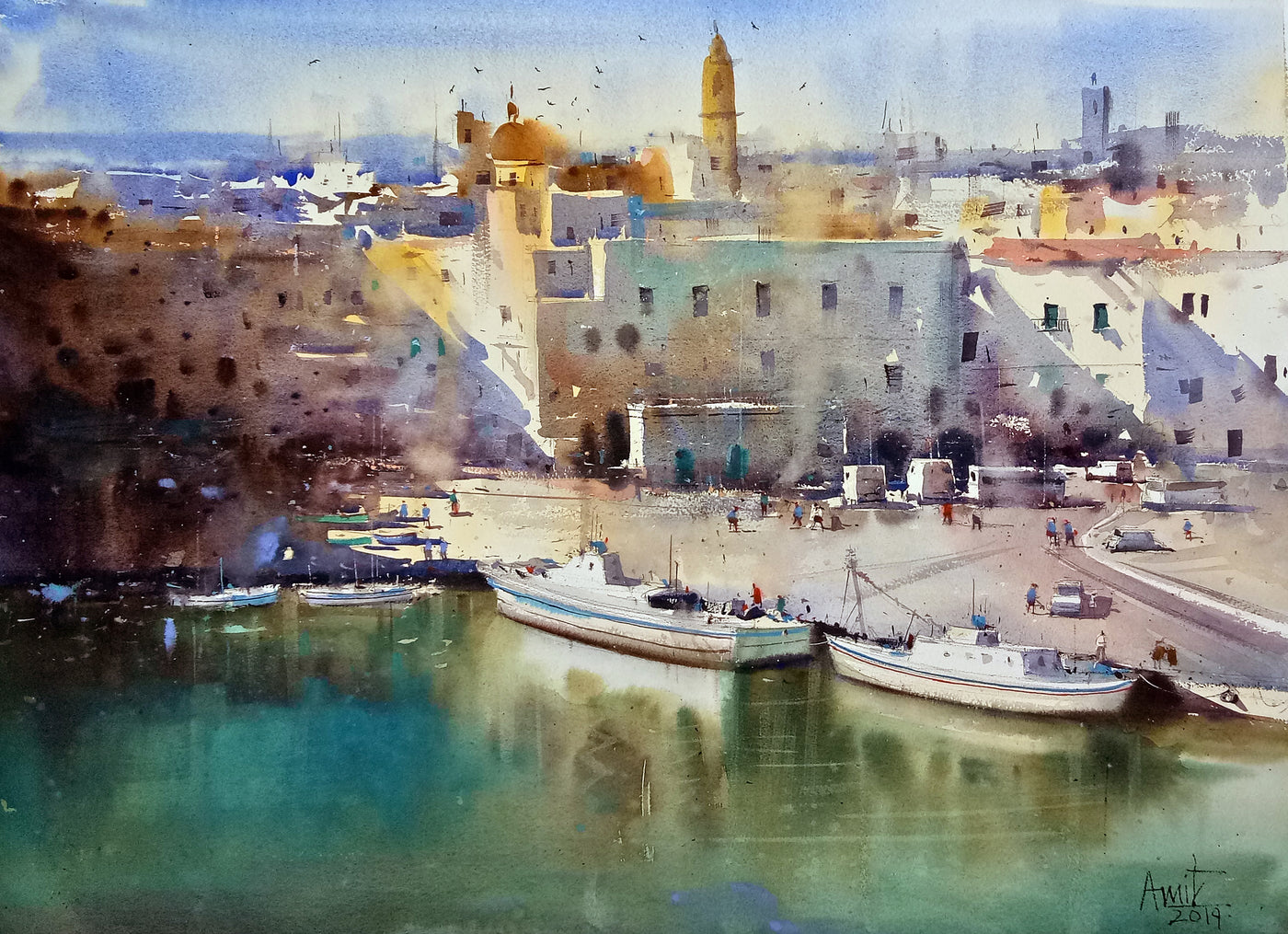Memory Preservation through Art: Capturing Timeless Moments
In the fast-paced world we live in, the fleeting nature of moments can often be overwhelming. As professional photographers, the challenge is not only to capture these moments but to preserve them through art. This article delves into the profound concept of memory preservation through art, exploring how photographers can transform ephemeral experiences into timeless treasures.

Understanding the Essence of Memory Preservation
At its core, memory preservation through art is about more than just taking pictures. It involves weaving together emotions, stories, and personal connections to create a tapestry of memories that withstands the test of time. For photographers, this means engaging deeply with your subjects, understanding their narratives, and capturing images that evoke a sense of nostalgia and authenticity.
Photography is a powerful medium that allows us to capture not just the visual aspects of a moment, but also the emotions and stories behind it. By approaching photography with an artistic mindset, you can elevate your work beyond mere documentation, transforming it into a form of art that preserves the essence of the moment.
Techniques for Creating Immersive Memory Art
1. Embrace Storytelling
Storytelling is a fundamental aspect of memory preservation through art. When capturing images, think about the story you want to tell. Every photograph has the potential to be a narrative, conveying emotions and experiences that resonate with your audience. Consider the elements of composition, lighting, and subject matter to create images that tell a compelling story.
Incorporating storytelling into your photography can be as simple as focusing on candid moments or capturing the details that tell a larger story. By being intentional with your shots, you can create images that transport viewers to a specific time and place, allowing them to relive the memories through your art.
2. Utilize Symbolism
Symbolism is a powerful tool in art, and it can be equally effective in photography. Incorporate symbols and metaphors into your work to add depth and meaning to your images. Look for objects, colors, or compositions that represent the emotions and themes you want to convey. By using symbolism, you can create images that evoke a strong emotional response and resonate with viewers on a deeper level.
For example, capturing a sunset over a familiar landscape can symbolize the passage of time and the beauty of fleeting moments. By incorporating such symbols into your work, you can create images that not only capture a moment but also preserve the emotions and memories associated with it.
3. Experiment with Techniques
Don't be afraid to experiment with different techniques to enhance your memory preservation efforts. Explore the use of long exposure, double exposure, or creative post-processing to add an artistic touch to your images. These techniques can help you create unique and visually striking images that capture the essence of a moment in a way that traditional photography cannot.
For example, using long exposure to capture the movement of clouds or flowing water can create a sense of time passing, adding depth and emotion to your images. Similarly, double exposure can be used to blend multiple images together, creating a dreamlike quality that evokes memories and emotions.
The Role of Art in Nostalgia and Memory
Art has a unique ability to evoke feelings of nostalgia and preserve memories in a way that words cannot. As photographers, you have the power to harness this ability and create works of art that transport viewers to a different time and place. By using photography as a medium for memory preservation, you can immortalize the moments that matter most and create a lasting impact on your audience.
Photography workshops, such as Memory Art Workshops, provide valuable opportunities for photographers to explore new techniques and gain insights into the art of memory preservation. These workshops offer a platform to learn from experienced professionals and collaborate with fellow photographers, fostering a sense of community and shared passion for preserving memories through art.
Conclusion: The Timeless Impact of Memory Art
In conclusion, memory preservation through art is a powerful and meaningful endeavor that allows photographers to create lasting connections between moments and emotions. By embracing storytelling, symbolism, and experimenting with techniques, you can transform your photography into a form of art that preserves the essence of the moments you capture.
As professional photographers, your work has the potential to transcend time and evoke a sense of nostalgia in your audience. By focusing on memory preservation through art, you can create images that not only capture a moment but also preserve the memories and emotions associated with it, leaving a lasting legacy for generations to come.

FAQs
What is memory preservation through art?
Memory preservation through art involves capturing and preserving moments, emotions, and stories through artistic mediums, such as photography. It goes beyond mere documentation, allowing photographers to create works of art that evoke nostalgia and preserve memories.
How can photographers enhance their memory preservation skills?
Photographers can enhance their memory preservation skills by embracing storytelling, utilizing symbolism, and experimenting with different techniques. Participating in workshops and collaborating with fellow photographers can also provide valuable insights and inspiration.
Why is storytelling important in memory preservation?
Storytelling is important in memory preservation because it allows photographers to create images that convey emotions and narratives. By telling a compelling story through their work, photographers can evoke a sense of nostalgia and connect with their audience on a deeper level.
For more insights on how travel can inspire your art, check out Go Ahead Tours.

